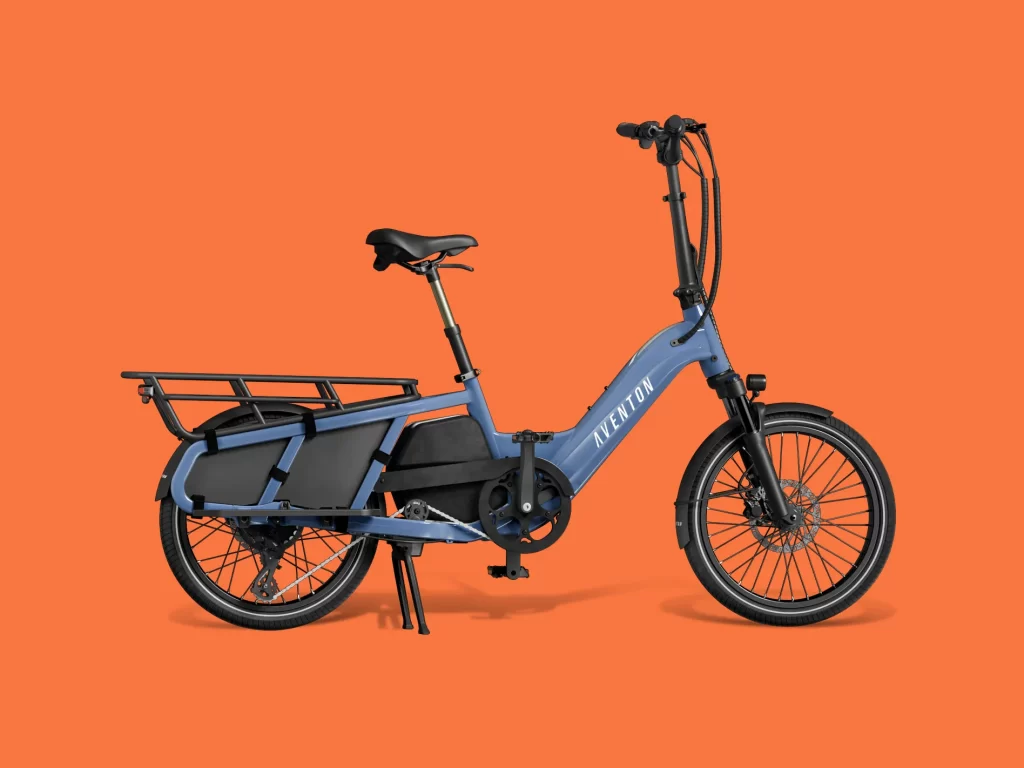E-bikes – the hip, green transportation mode, blending the traditional aspects of bicycling with the efficiency of electric propulsion. But as their popularity rises, so do the questions surrounding the legality of their use in traffic. One such prevalent question is whether electric bikers are bound by the traffic laws applicable to cars or bicycles? Let’s address this intriguing query.

E-Biking: A New Genre On The Roads
Navigating the nuanced world of traffic regulations becomes slightly tricky for e-bikes as they tentatively teeter on the line between being a bicycle and a motorized vehicle. The definitive answer to the posed question rests on two factors – the specific e-bike regulations of your country/region and the features of your e-bike itself.
E-Bikes – Cars or Bikes: The Legal Conundrum
The traffic laws e-bikes fall under largely depend on how the law of the land classifies them. Let’s break this down.
- When E-Bikes Follow Bicycle Laws: In many regions, e-bikes, especially the ones with a lower-powered motor and where user pedaling is an essential component of propelling (pedelecs), are considered similar to bicycles. Here, most regular bike rules like helmet usage, signaling requirements, and biking lane usage apply. However, e-bikers might face additional restrictions concerning top speeds and age limits.
- When E-Bikes Align With Car Laws: In certain cases, especially when e-bikes have more potent motors, can move without pedalling, and surpass certain speed thresholds, they might be classified along the lines of mopeds or even low-powered motor vehicles. Here, they may need to adhere to more stringent requirements like mandatory insurance, driving licenses, and usage on roads instead of bike lanes.
The Best Approach: Know Your E-Bike And Local Laws
As e-bike rules vary widely, the best way to adhere to the law is to familiarize yourself with local legislation and understand your e-bike’s characteristics. Remember to note:
- How your local laws classify e-bikes (as traditional bikes or motor vehicles).
- The legal speed and power limits for e-bikes.
- Any area-specific rules concerning age, licensing, registration, and insurance.
- The allowed biking areas — roads, bike paths, or both.
Conclusion
The ever-growing e-bike phenomenon has certainly introduced a new dynamism into the realm of transportation. However, it also brings along the responsibility of understanding and following the right traffic rules, promoting safety and harmony on the roads. Whether e-bikers should obey car or bicycle traffic laws largely boils down to the e-bike specifications and the country-specific laws in force.
In some cases, they follow bicycle laws; in others, they lean towards motor vehicle regulations. As an e-biker, translating knowledge about your e-bike and local laws into practice is essential. So, before you hop onto your e-bike for a breezy ride, make sure you align with the law of the land and enjoy smooth, lawful biking experiences.






